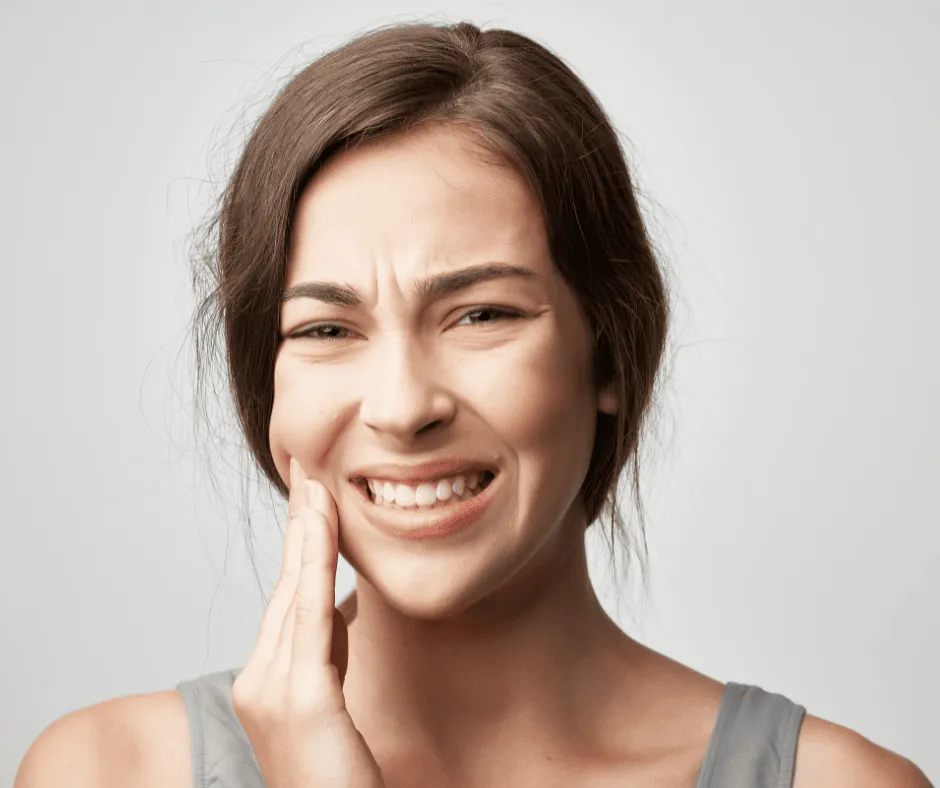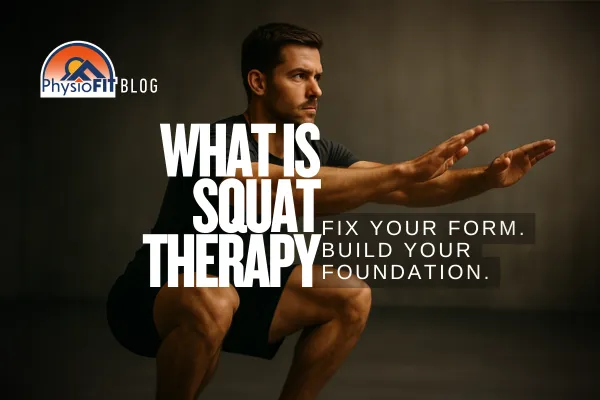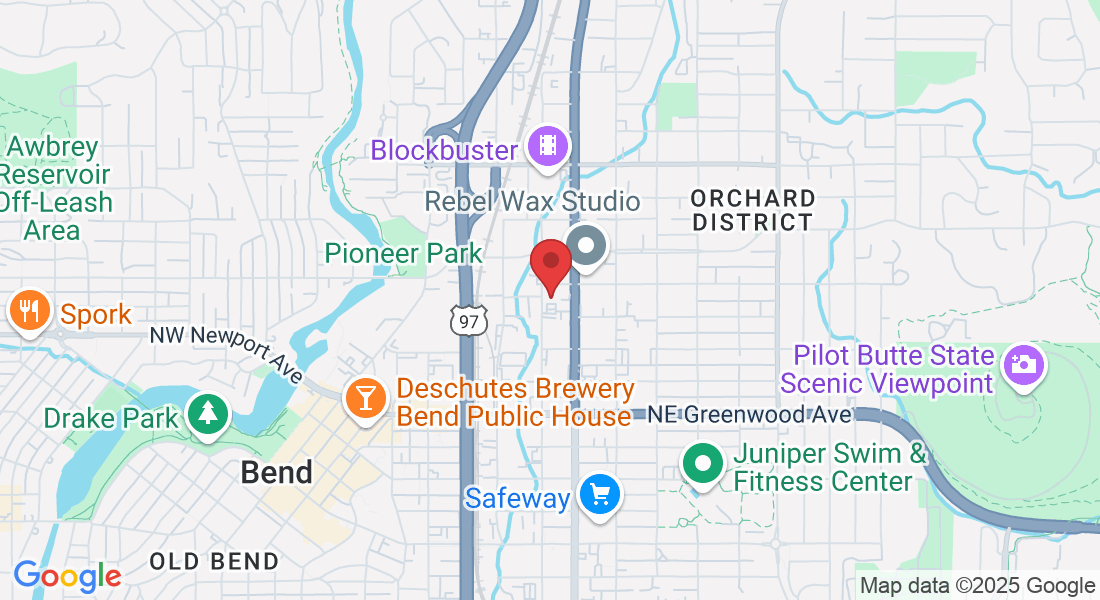TMJ Relief
Unlock Relief From TMJ Pain
If you're struggling with discomfort and dysfunction in your jaw, you've come to the right place. Temporomandibular joint (TMJ) disorders, or TMD, as they are also known, can severely impact the quality of your life, leading to significant jaw pain, headaches, and hindrances in performing simple tasks like opening and closing your mouth. By diving deeper into understanding the complexities of TMJ disorders, we're equipped to provide innovative and tailored physical therapy solutions for effective TMJ pain relief.
Experience TMJ Relief like Never Before with PhysioFit: We take a deeply personalized approach to your health, comprehending that every TMJ pain sufferer requires a unique treatment plan. Leveraging the power of evidence-based, fitness-driven physical therapy in bend, we strive to offer more than temporary relief. We aspire to improve your overall well-being, stave off persistent pain and accelorate your recovery process, allowing you to effortlessly resume your normal life.
What You Should Know
Healthcare providers classify TMDs into three categories:
Disorders of Your Jaw Joints: These involve complications in the jaw joints themselves, often manifesting as clicking, popping, or grating sounds during jaw movement.
Disorders of Your Chewing Muscles: This category includes issues related to the muscles responsible for chewing, where patients may experience persistent or intermittent muscle pain.
Headaches That Result From TMD: A significant fraction of TMD sufferers may experience headaches or migraines as a consequence of jaw joint or muscle dysfunction, significantly affecting their quality of life.
A proper diagnosis of a TMJ or TMD problem involves a thorough evaluation from a professional.

Some of The Most Common Causes of TMJ Pain
The onset of TMD isn't attributed to one solitary cause. Instead, it tends to emerge from a diverse array of factors, often in combination.
Jaw injury: Injuries such as a broken or dislocated jaw can directly affect the temporomandibular joint, leading to TMJ disorders. Such physical trauma can disrupt the alignment and smooth functioning of the jaw joint, inducing pain and discomfort.
Teeth Grinding or Clenching (bruxism): Frequent teeth grinding or clenching, often a subconscious habit during sleep or periods of stress, can exert excessive pressure on the TMJ, contributing to its dysfunction. Over time, this can lead to wear and tear, causing persistent pain and other TMJ-related symptoms.
Arthritis in Your Jaw Joint: Arthritis, an inflammatory condition, can affect any joint in your body, including the TMJ. The inflammation and degeneration associated with arthritis can cause joint pain and stiffness, impairing normal jaw movement.
Malocclusion: Malocclusion refers to the misalignment of teeth when the jaws are closed, which can put additional strain on the TMJ. This imbalance can force the jaw joint to work harder to achieve efficient biting and chewing, increasing the risk of TMJ disorders.
Stress: High levels of stress can lead to physical manifestations such as increased muscle tension or clenching of teeth, both of which can place undue strain on the TMJ. Chronic stress can exacerbate these physical responses, thereby contributing to TMJ pain and dysfunction over time.
If any of this information resonates with your current situation, we urge you to schedule an appointment with us immediately. Don't let hip pain diminish your life quality - allow us to help you embark on the path to relief today.
Can I Prevent TMD or TMJ Pain?
While it's true that certain risk factors contributing to TMJ dysfunction are beyond our control, there are still practical steps you can take to minimize the likelihood of developing this condition:
Make Use of a Mouth Guard During Sleep: Nighttime teeth clenching or grinding, known as bruxism, can significantly contribute to TMJ dysfunction. By wearing a mouth guard as you sleep, you can effectively mitigate this risk, protecting your jaw joints from undue pressure.
Ensure You're Protected in High-Risk Situations: When participating in contact sports, your facial area is more susceptible to injuries. Utilizing a mouth guard during such activities can offer invaluable protection for your jaw, reducing the risk of TMD.
Prioritize Maintaining Good Posture: The alignment of your neck and head plays a vital role in the functioning of your jaw. By ensuring good posture, you can maintain optimal alignment, thereby reducing strain on your TMJ.
Embrace Stress Reduction Practices: Stress can lead to unconscious habits such as jaw clenching, which can exacerbate or lead to TMD. Techniques such as meditation or mindfulness exercises can help manage your stress levels, offering indirect yet essential protection against TMJ dysfunction.

Common Symptoms of TMJ Pain
Jaw Tightening or Stiffness
Jaw Pain
Jaw Clicking or Popping
Trouble Closing or Opening Your Mouth.
Headaches or Migraines
Earaches or Toothaches
Ringing in Your Ears (tinnitus)
Teeth Fitting Together Differently (malocclusion)
Remember, if you resonate with any of the symptoms or conditions mentioned, we highly recommend making an appointment with us for a thorough evaluation and personalized treatment plan.
Please Note: The information provided on our website is intended for general education and is not a substitute for professional medical advice. Each individual's situation and body is different. Therefore, what may work for one person may not work for another. We care about your well-being and advise you to reach out to us to discuss your specific needs before implementing any advice from our website.
Your Source for All Things Physical Therapy in Bend Oregon
The PhysioBlog

What Is Squat Therapy?
What is Squat Therapy?
Squat therapy is a focused training method designed to improve the motor control, posture, and mechanics of an individual’s squat. It is especially beneficial for those with immature squat patterns or poor squat mechanics. By using specific drills and feedback, squat therapy helps clients refine their movement patterns, enhancing stability, mobility, and overall performance.
Why is Squat Therapy Important?
The squat is a foundational movement in fitness and daily life, engaging multiple muscle groups and promoting functional strength. However, not everyone performs squats with optimal technique. Poor squat mechanics can lead to discomfort, inefficient movement, or even injury over time. Squat therapy addresses these issues by identifying and correcting faulty movement patterns, ensuring safer and more effective squatting.
Who Can Benefit from Squat Therapy?
You might benefit from squat therapy if:
Your air squat looks off: If your bodyweight squat (air squat) lacks depth, control, or symmetry, it could indicate deficiencies in mobility, stability, or motor control.
Your squat improves with load: Some individuals exhibit poor mechanics during bodyweight squats but demonstrate improved form when adding weight. This could suggest a lack of proprioception or engagement during lighter, unloaded movements.
Common issues observed:
Knees caving inward (valgus collapse)
Limited range of motion (e.g., shallow depth)
Poor balance or excessive forward lean
Lack of coordination or control
How Does Squat Therapy Work?
Squat therapy involves a combination of drills, cues, and tools to address deficiencies and retrain proper movement patterns. Key elements include:
Assessment:
Begin with observing the air squat. Look for common faults such as limited depth, instability, or asymmetry.
Compare the air squat to a loaded squat to identify discrepancies in mechanics.
Corrective Drills:
Wall squats: Perform squats facing a wall to encourage upright posture and proper knee tracking.
Box squats: Use a box or bench to guide depth and reinforce control.
Tempo squats to a target (our favorite!): refers to a squat drill where the individual performs squats at a controlled pace (tempo) while aiming to reach a specific target, such as a box, bench, or marker.
Controlled Tempo: The movement is intentionally slowed down, often broken into phases like a 3-second descent, a brief pause at the bottom, and a 1-second ascent. This slows the motion to enhance muscle engagement and motor control.
Targeted Depth: The target ensures consistency in squat depth, helping individuals practice reaching an ideal range of motion without collapsing or losing form.
Why It's a Favorite: This drill is versatile and addresses multiple issues, including depth consistency, posture, and strength. It also provides immediate feedback, as missing the target indicates a loss of control or improper technique.
Cueing and Feedback:
Use verbal or tactile cues to guide proper alignment and engagement.
Record and review videos to provide visual feedback on progress.
Recognizing Progress
As you work through squat therapy, improvements might include:
Increased squat depth without sacrificing posture or control
Improved knee tracking and stability
Greater confidence and comfort in the squat movement
Enhanced ability to transition these improvements to loaded movements
Final Thoughts
Squat therapy is an invaluable tool for anyone struggling with poor squat mechanics. Whether you’re a beginner looking to build a solid foundation or an experienced lifter aiming to refine your technique, this approach ensures that your squats are safe, efficient, and effective. By dedicating time to perfecting the fundamentals, you’ll set yourself up for long-term success in fitness and beyond.
Copyright PhysioFIT 2025 . All rights reserved


